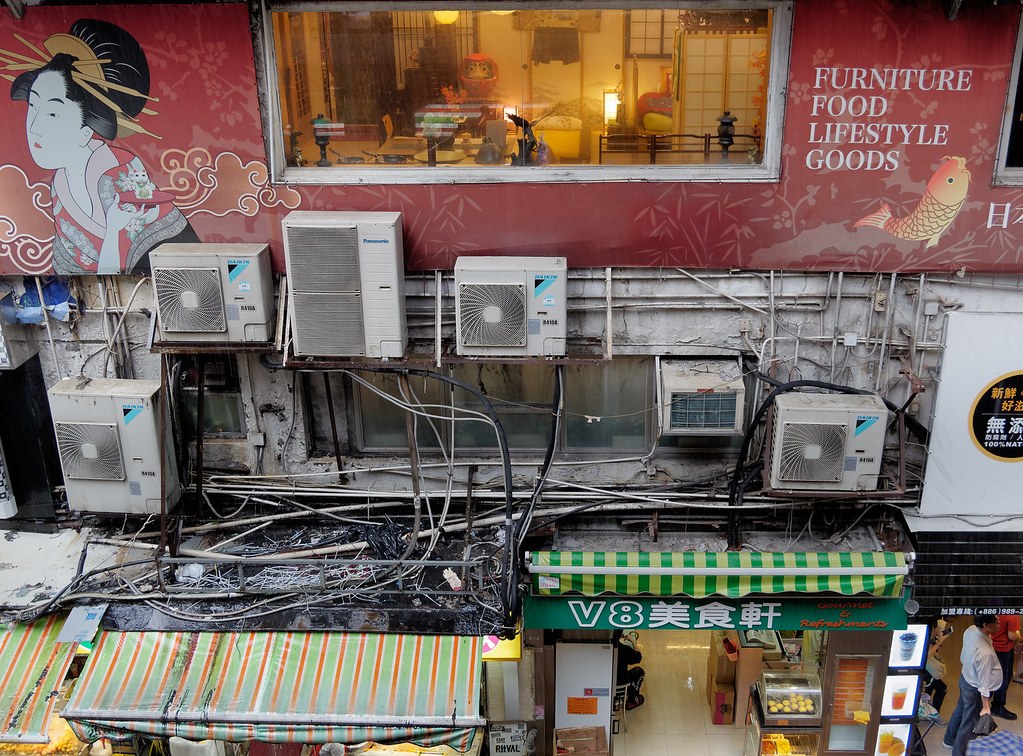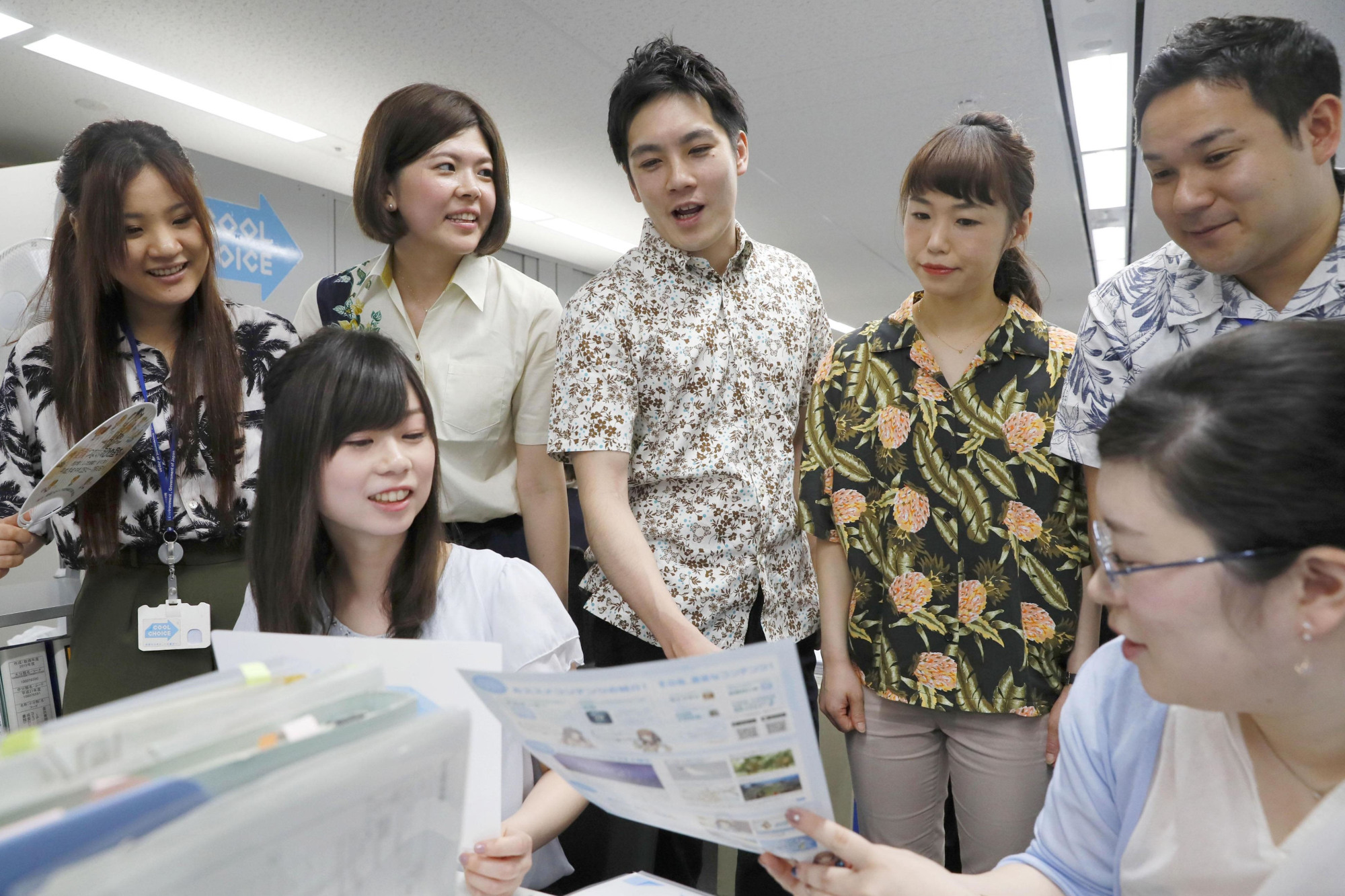For those of us who live in tropical and sub-tropical cities like Hong Kong, Manila, Jakarta or Singapore, heat — particularly urban heat — is unrelenting and in some cases, deadly, making air-conditioning a necessity rather than a luxury. But here’s the irony: the very air-conditioning that protects many of us from debilitating and life-threatening temperatures contain greenhouse gas-emitting refrigerants and require significant amounts of energy, which resulted in 1.25 billion tons of carbon emissions in 2016. In short, they keep us cool while heating up our planet, particularly in cities where this type of cooling is highly concentrated.
As the world gathers for COP 24, the U.N. climate summit, it must contemplate the fact that as development and urbanization increase, the heat island effect will worsen. This is a phenomenon where the density of buildings, industrial activity, roads and traffic in a city trap heat and raise temperatures above those of the surrounding areas. This heating up will, naturally, require even more cooling units. The International Energy Agency recently predicted that the stock of air-conditioning units would triple by 2050, growing from 1.6 billion to 5.6 billion by 2050. This would require as much electrical capacity to power as the United States, the European Union and Japan currently use, combined.
This is simply not sustainable or desirable even if renewable energy takes off. We thus need to radically rethink how we design cities, especially those in the tropics, to adapt to the prospect of annual “extreme heat” days. By 2050, 970 cities globally may experience average summer temperature highs of 95 degrees. Right now only 354 cities do. Coping with this must be done in a way that does not worsen the problem through an overreliance on artificial cooling.
One way is to limit the use of air-conditioning in favor of more energy-efficient forms of cooling. Fans and “swamp coolers,” which combine fans with sprayed water, do not use as much electricity as air-conditioning units and work well in dry and arid climates. Making air conditioning more energy efficient is of course also key. In this regard, properly pricing the cost of energy and electricity will be crucial to encourage investments in more efficient air conditioning, discourage wastage and make “non-essential cooling,” such as reducing offices to frigid temperatures in the summer, too expensive.




























